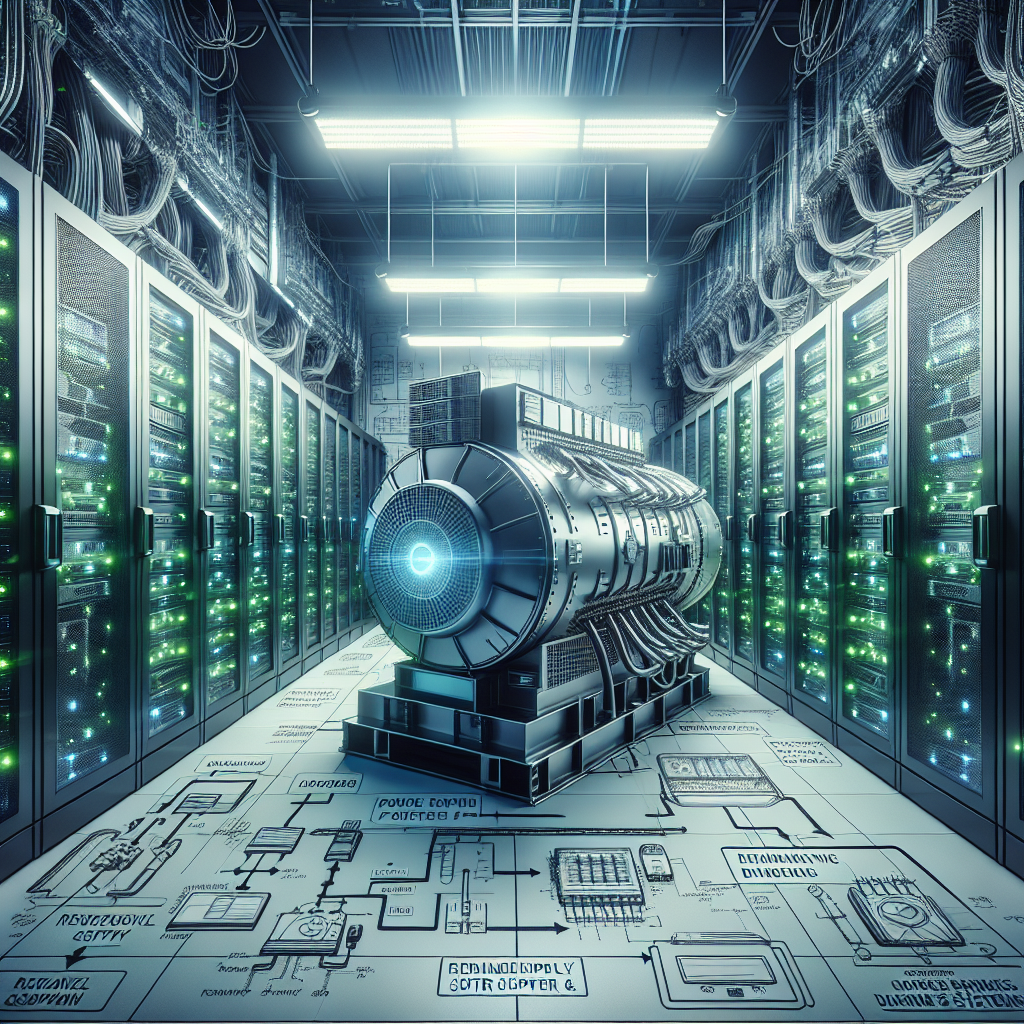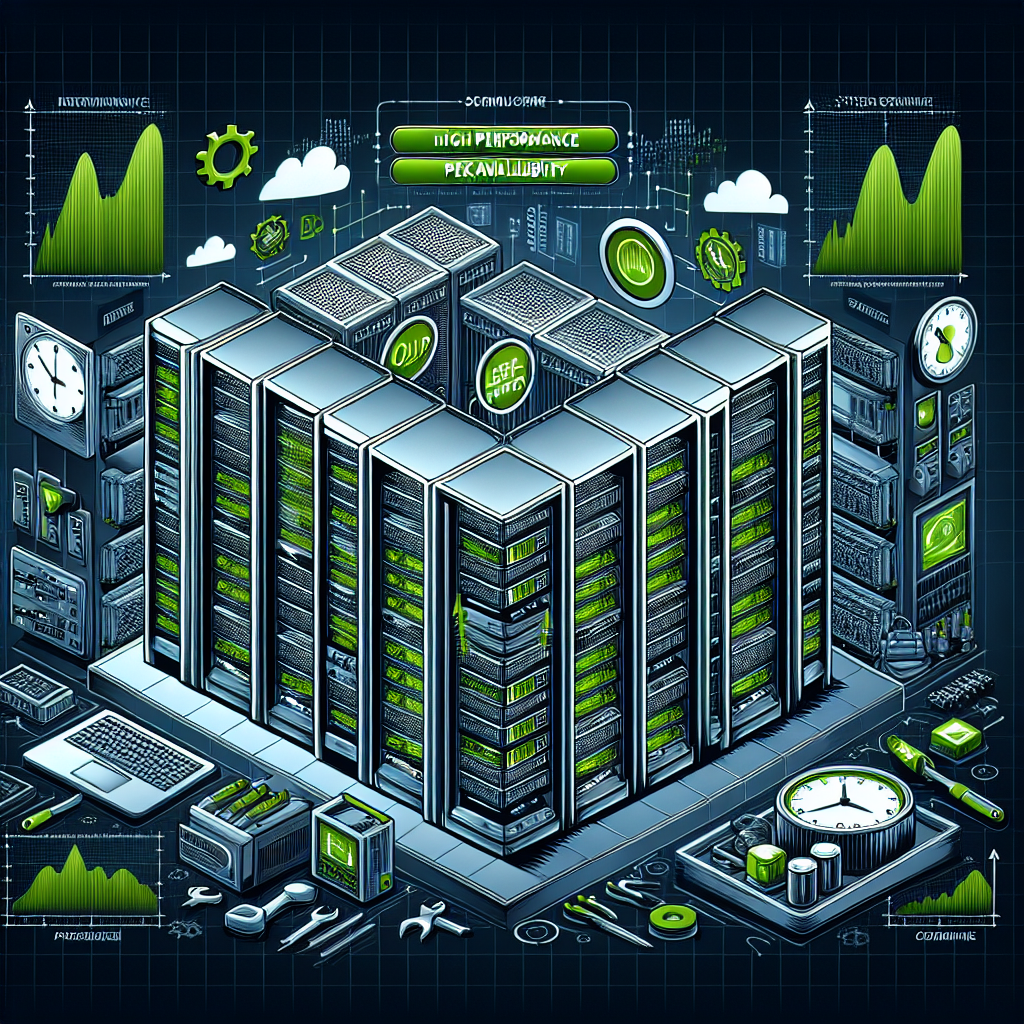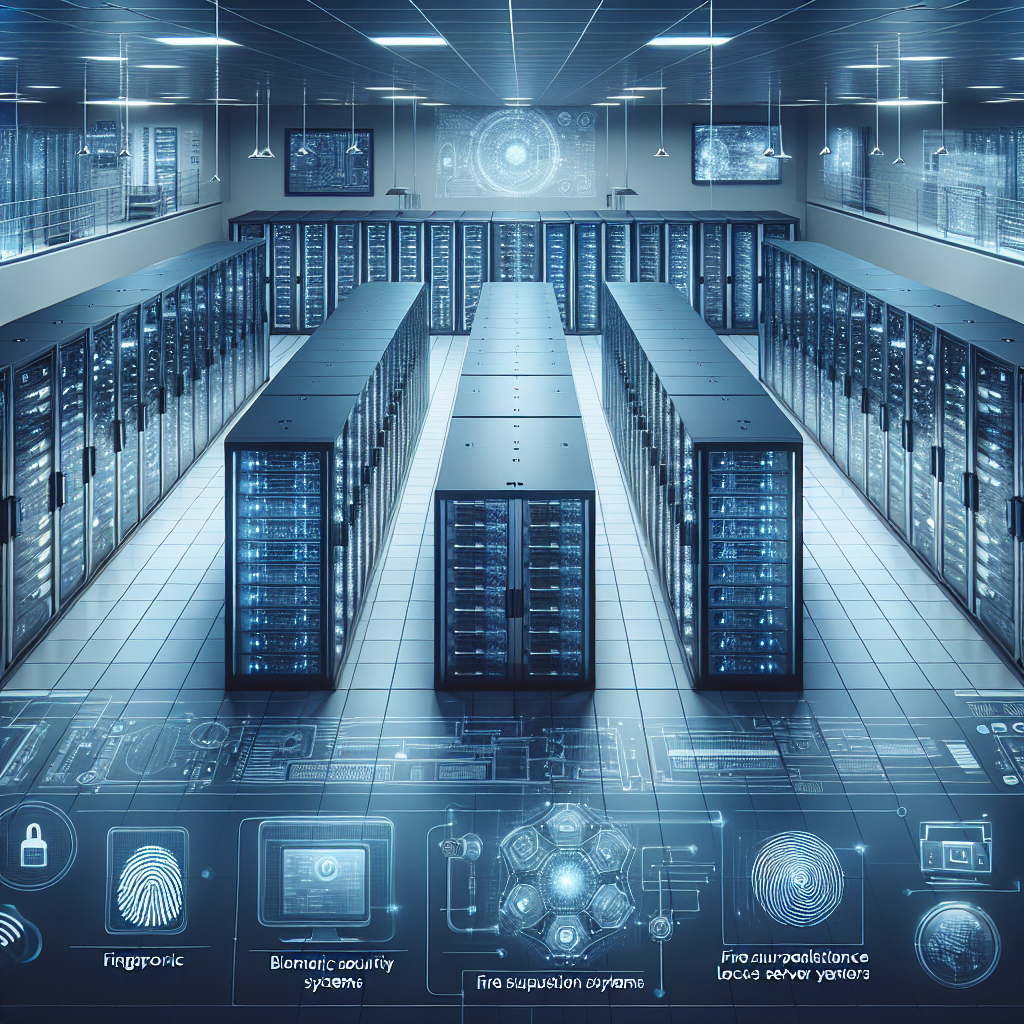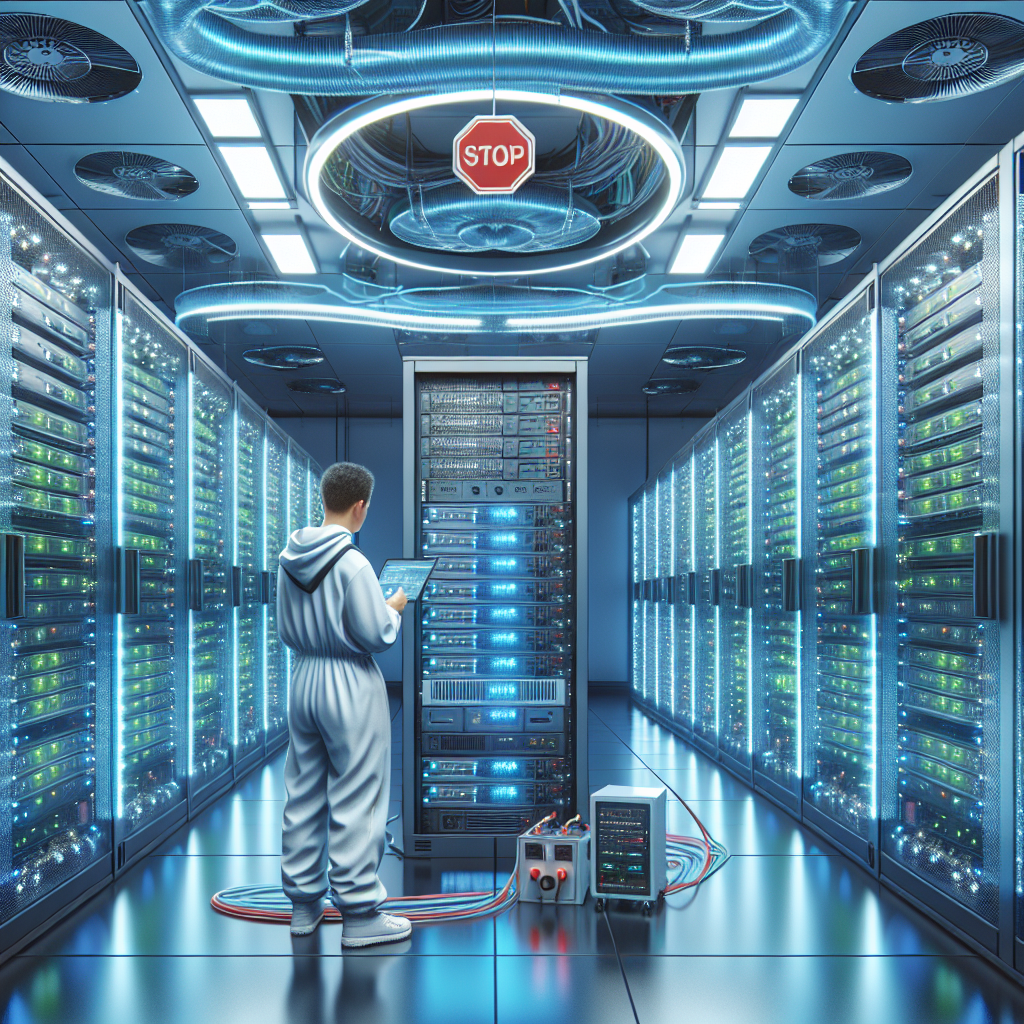In today’s fast-paced and technology-driven business environment, maintaining business continuity is crucial for the success and survival of any organization. One key component of ensuring business continuity is having reliable backup power sources, particularly data center generators.
Data centers are the nerve centers of modern businesses, housing critical IT infrastructure and storing vast amounts of valuable data. Any disruption to the power supply can have serious consequences, leading to downtime, data loss, and ultimately, financial losses. This is where data center generators come in, providing a reliable source of backup power to keep operations running smoothly in the event of a power outage or other emergency.
The importance of reliable data center generators cannot be overstated. Without a backup power source, businesses risk facing prolonged downtime, which can result in lost productivity, decreased revenue, and damage to their reputation. In some industries, such as healthcare or finance, downtime can also have serious implications for compliance and regulatory requirements.
Having reliable data center generators in place ensures that businesses can continue to operate without interruption, even in the face of unforeseen events such as natural disasters, equipment failures, or power grid outages. This level of resilience is essential for maintaining business continuity and ensuring that critical services are available to customers at all times.
In addition to providing backup power during emergencies, data center generators also offer a number of other benefits. They can help businesses save on energy costs by reducing their reliance on the grid during peak hours, as well as providing a more environmentally friendly alternative to traditional power sources.
To ensure the reliability and effectiveness of data center generators, businesses must invest in regular maintenance and testing. This includes routine inspections, fuel monitoring, and load testing to identify and address any potential issues before they escalate into major problems. It is also important to have a well-defined plan in place for how the generators will be activated and managed during an emergency.
In conclusion, maintaining business continuity is essential for the success and longevity of any organization. Reliable data center generators play a critical role in ensuring that businesses can continue to operate seamlessly, even in the face of unexpected disruptions. By investing in reliable backup power sources and implementing a comprehensive maintenance plan, businesses can safeguard their operations and protect their bottom line.










